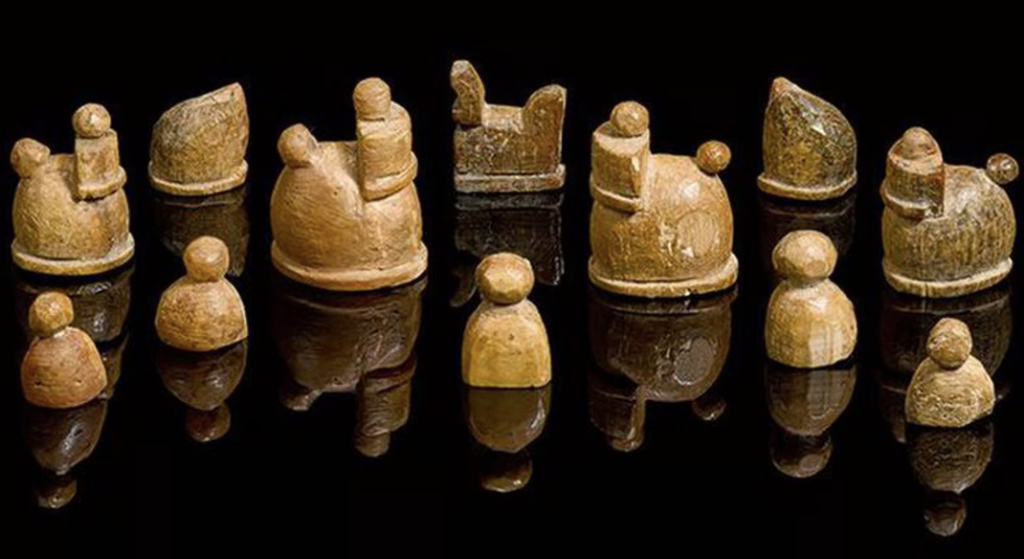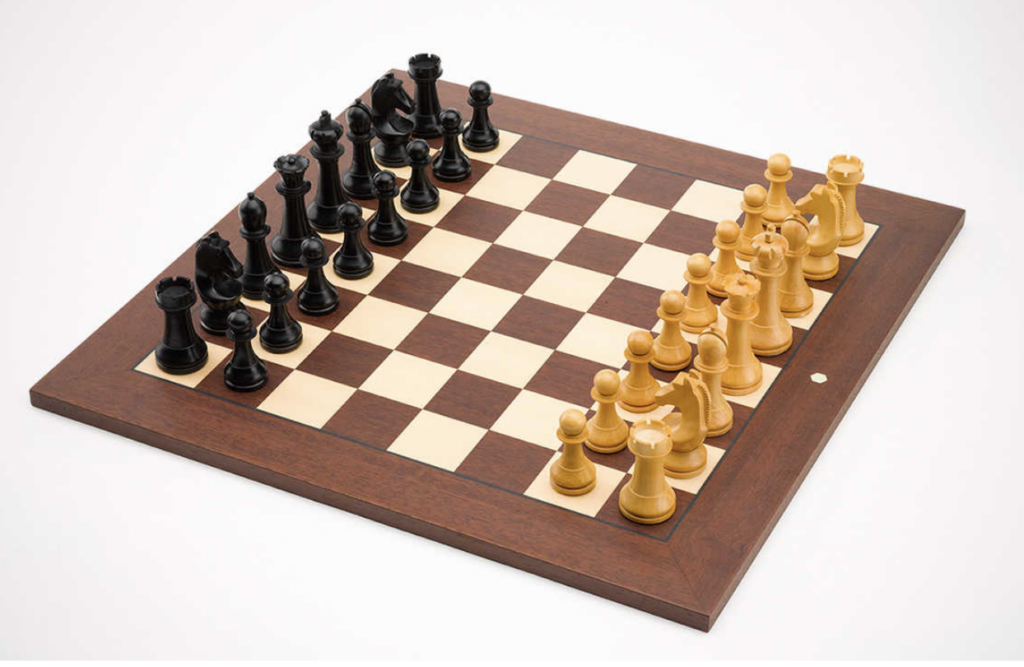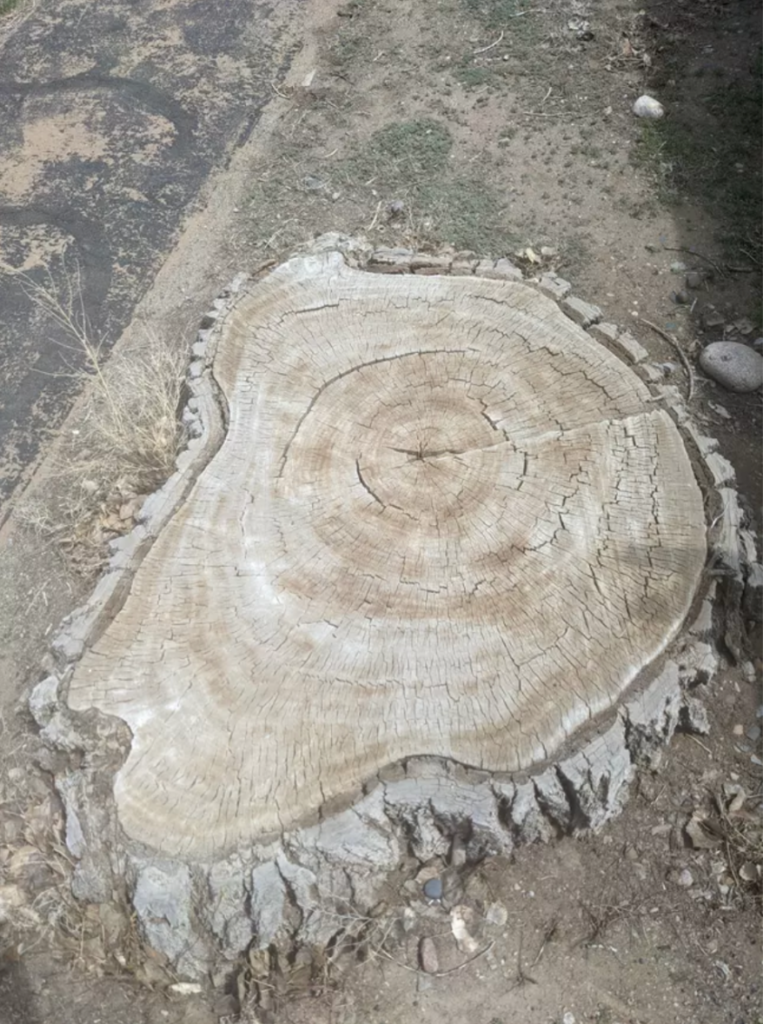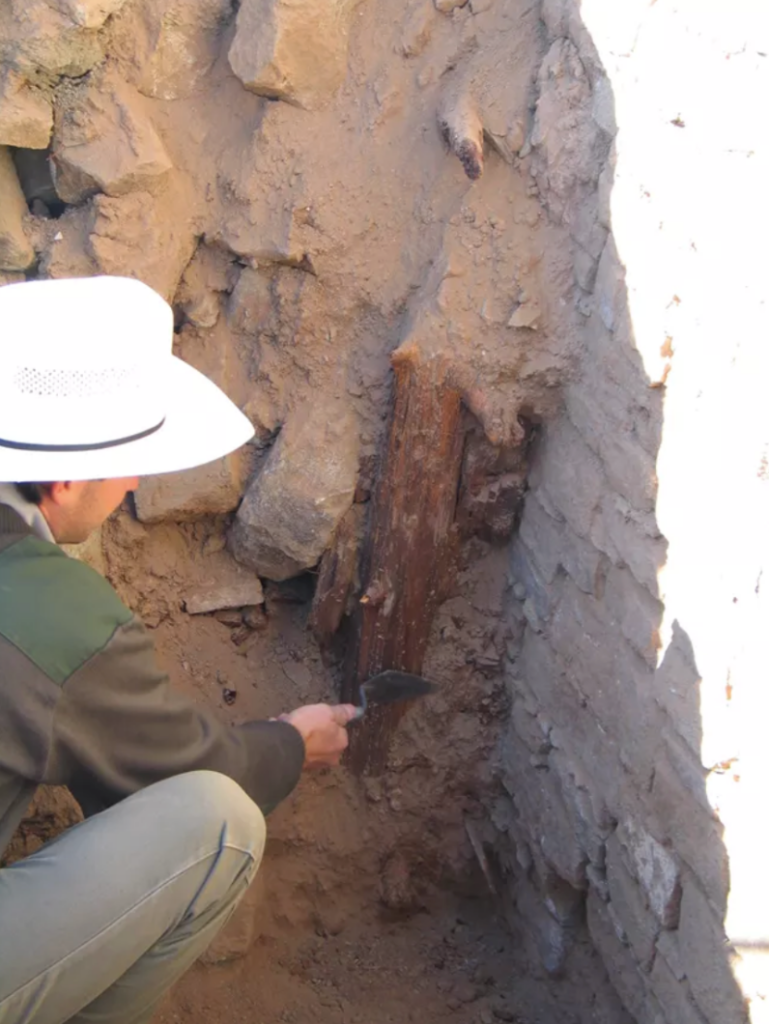Many individuals are familiar with the game of chess or have had the opportunity to play it. The history of the ancient Indian strategy board game, once called Chaturanga, is not as commonly known. Originating in Northern India, the game spread across the world, differing in names. The name we know today is derived from the French term “eches,” which was later translated to “chess” in America.
About 1500 years ago during the Gupta Empire, the game of Chaturanga came into existence. To simulate the Indian military strategy of that time, the people of Northern India used pieces to depict the four divisions of the military: the infantry, cavalry, elephantry, and chariotry. When discussing the premise of this game, people say, “This game has two of the most essential features inspired from the battle formations of the Indian epic of Mahabharata, that different pieces have different powers and victory depended on the survival of one piece- the king of the modern chess”(Kale, 2021). During the Middle Era, a king surrendering signified the loss of his kingdom, mirroring the way the game is lost when the king is captured.

The meaning of the pieces in the game of Chaturanga was bigger than just four figures. Each figure represented a valuable member of the kingdom, as shown in Figure 1. The point of using these pieces specifically was to show that everyone in the kingdom was important, despite their size or title. The king needs the queen, rooks, bishops, knights and pawns to survive in the game like he needs them to survive in life.
The game of chess we know today has undergone transformations since the time of the Gupta Empire. The Chaturanga board began as a non-checkered blackboard differing from the chessboard we see today covered in black and white squares, as shown in Figure 2. The rules governing piece movement in chess differ from those in Chaturanga, with one notable distinction being the absence of checkmates and stalemates in Chaturanga.

Chess undoubtedly shares similarities with Chaturanga while also featuring distinct characteristics. What was once a strategic tool for simulating battle formations, has transformed into a casual game that can be played online. Mirroring military formations preserved the historical and strategic aspects of warfare in the religion. The rules and ways people play games like chess have been adapted to fit the norms of society to provide entertainment for the players, erasing the original intent of the game. By adapting the game for entertainment, it is being commercialized for profit, like competitive chess tournaments, only furthering the loss of the culture the game of Chaturanga once had. People today miss out on the opportunity to see how their ancestors were living during this time.
The evolution of chess from its historical predecessor, Chaturanga, has brought both continuity and change in the game’s purpose and significance, from a strategic military simulation to a modern form of entertainment.
Further research links
Rules to Chaturanga
https://www.ludoteka.com/clasika/chaturanga-en.html
Origins of other popular board games
Works Cited
Colin Stapczynski, “Chess Board Dimensions,” Chess.com, October 4, 2021, https://www.chess.com/article/view/chess-board-dimensions
Sharwari Kale, “From Chaturanga to Chess- The History of the Origin of Chess,” Homegrown, June 8, 2021, https://homegrown.co.in/from-chaturanga-to-chess-the-history-of-the-origin-of-chess


